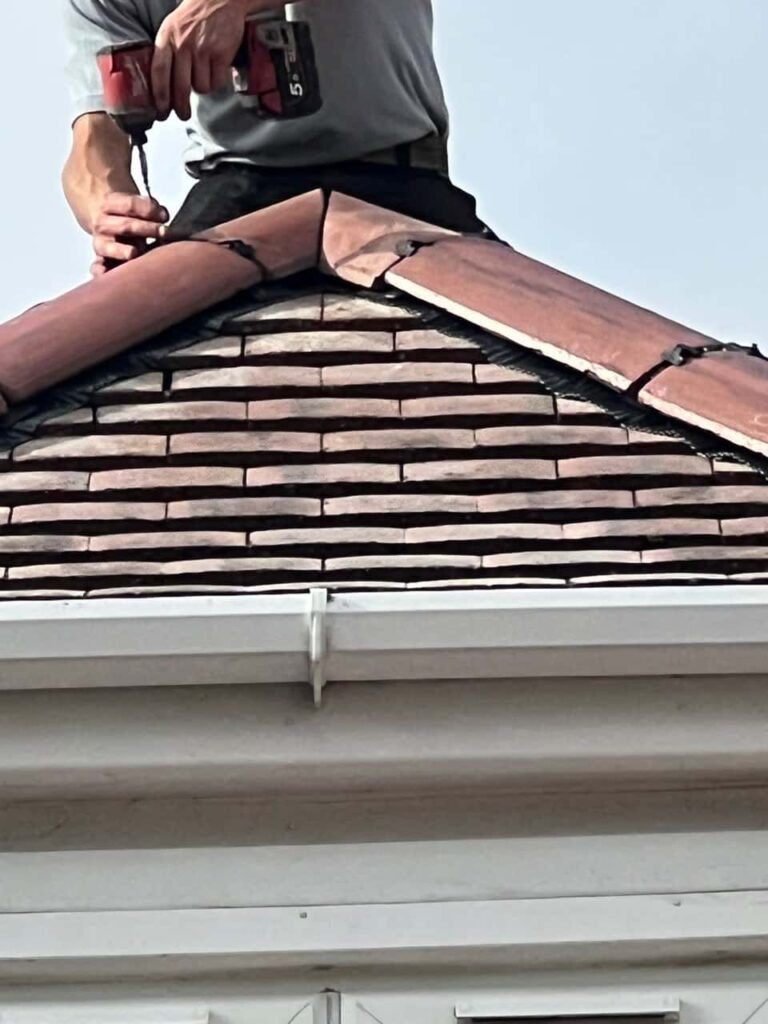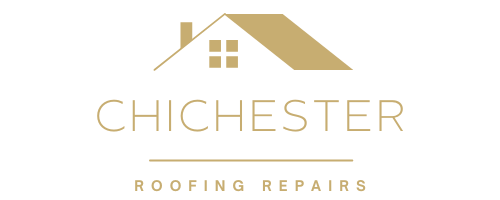Introduction: Whether buying a new home or conducting routine maintenance on your existing property, identifying roof leaks early can save you from costly repairs. At Chichester Roofing Repairs, we understand the importance of a thorough home inspection to ensure your roof’s integrity. Here are some key tips on how to spot roof leaks during a home inspection.
1. Start with an Exterior Inspection
Begin your inspection by examining the roof from the outside.
- Check for Visible Damage: Look for missing, cracked, or curled shingles. Damaged shingles can allow water to penetrate the roof structure.
- Inspect Flashing: Flashing around chimneys, vents, and skylights should be intact. Loose or damaged flashing is a common entry point for water.
- Look for Debris: Accumulated debris, such as leaves and branches, can trap moisture and cause roof rot or leaks.
2. Examine the Gutters and Downspouts
Properly functioning gutters and downspouts are crucial in preventing roof leaks.
- Clean Gutters: Ensure gutters are clear of leaves, dirt, and other debris. Clogged gutters can cause water to back up and seep under the roof’s edge.
- Check Alignment: Make sure downspouts direct water away from the foundation to prevent water pooling near the house, which can lead to leaks.
3. Inspect the Attic
The attic is often where the first signs of a roof leak become apparent.
- Look for Water Stains: Check the attic ceiling and walls for discolouration or water stains. These are clear indicators of a roof leak.
- Feel for Dampness: Touch the insulation and rafters to check for dampness. A damp attic can signal a leak even if there are no visible water stains.
- Check for Mould: Mould and mildew in the attic are signs of excessive moisture, often due to a roof leak.
4. Interior Examination
Inside the house, there are several areas where roof leaks may manifest.
- Ceiling and Walls: Look for discolouration, bubbling, or peeling paint on ceilings and walls. These signs typically indicate water intrusion.
- Around windows and doors: Water stains around windows and doors can also point to roof leaks, especially if the water seeps down from the roof.
- Smell for Dampness: A musty smell inside the house often suggests hidden water damage, possibly from a roof leak.
5. Check Around Roof Penetrations
Roof penetrations are common sources of leaks.
- Skylights: Inspect skylights for cracks or gaps in the sealant. Water can easily enter through poorly sealed skylights.
- Vents and Chimneys: Ensure the flashing around vents and chimneys is secure. Any gaps or rust spots can allow water to enter.
6. Look for Signs of Sagging
A sagging roof can be a severe sign of water damage.
- Uneven Roofline: From a distance, check if the roofline appears even. A sagging roofline indicates potential structural damage due to prolonged water exposure.
- Interior Sagging: A sagging ceiling is a serious concern inside the house and should be addressed immediately.
7. Use a Moisture Meter
A moisture meter can help detect hidden leaks.
- Test Suspected Areas: Use a moisture meter to check areas where you suspect leaks. High moisture readings indicate water intrusion.
- Regular Monitoring: Regularly using a moisture meter during inspections can help catch leaks early before they cause significant damage.
8. Consult a Professional
For a thorough and reliable roof inspection, consider hiring a professional.
- Professional Expertise: A roofer can spot subtle signs of leaks that an untrained eye may miss.
- Detailed Report: Professionals provide a detailed inspection report outlining any issues and recommended repairs.
Conclusion: Spotting roof leaks during a home inspection is crucial in maintaining the integrity and value of your property. By conducting a comprehensive inspection, including exterior and interior checks, examining the attic, inspecting roof penetrations, looking for signs of sagging, using a moisture meter, and consulting professionals, you can effectively identify and address potential roof leaks.
Call us on: 01243 957 294
Click here to find out more about Chichester Roofing Repairs
Click here to complete our contact form and see how we can help you with your roofing needs.

